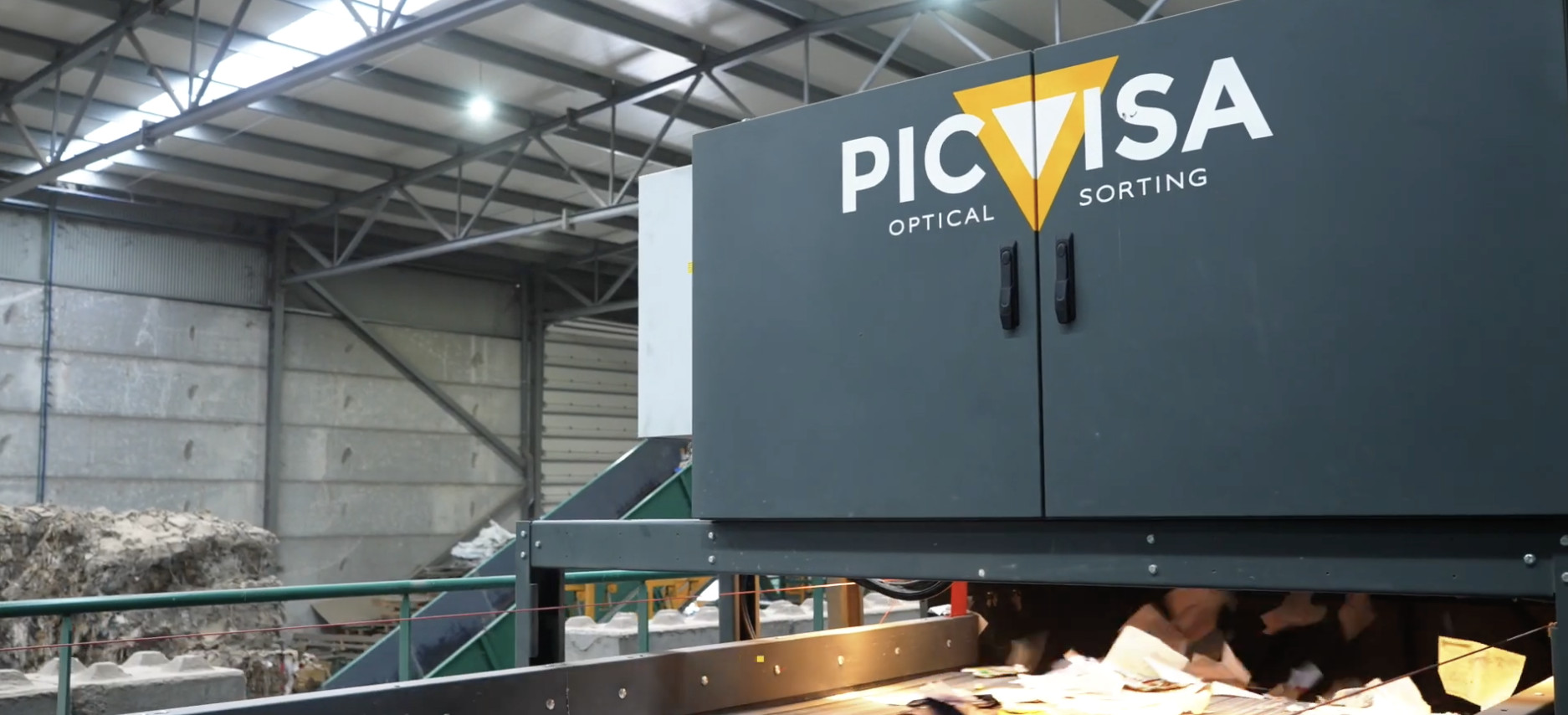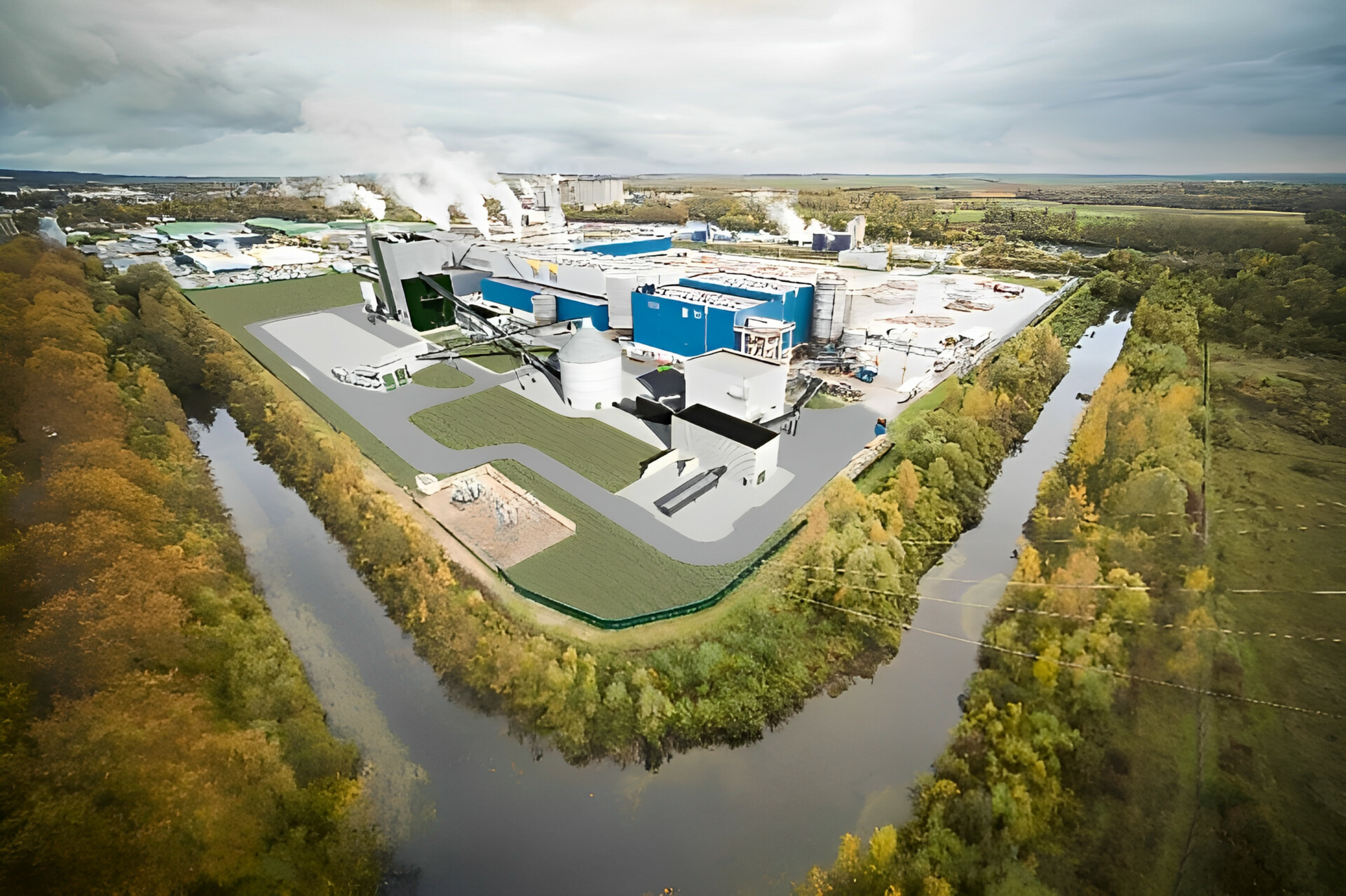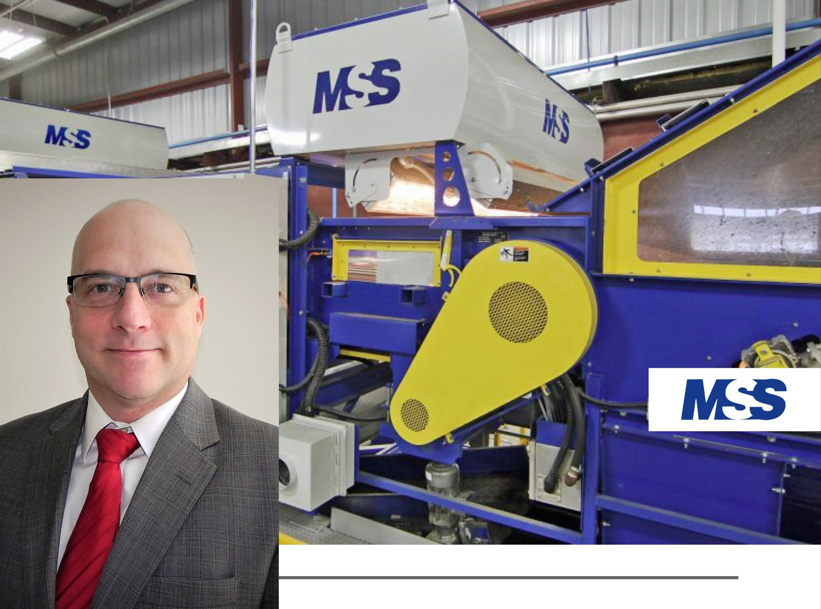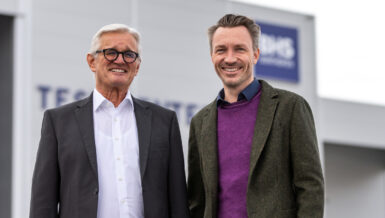As the world becomes more aware of the impacts of climate change, it has become increasingly clear that it is necessary to reduce the reliance on fossil fuels and adopt more environmentally-friendly practices across all industries. This is particularly important in the field of material handling, where heavy machinery and equipment are often powered by diesel engines and contribute significantly to air pollution and greenhouse gas emissions.
The MULTILIFT hooklift is a versatile piece of equipment used to transport a wide range of materials, including construction waste, scrap metal, and recycling materials. It is commonly used in the waste management, construction, and transportation industries, where it is critical to move materials quickly and efficiently. The new hooklift is made using fossil-free steel from SSAB, a leading Swedish steel company that is committed to reducing the environmental impact of its operations.
Fossil-free steel is made without creating CO2 emissions, using hydrogen instead of coal, and by using fossil-free energy sources. By using fossil-free steel in the MULTILIFT hooklift, Hiab has demonstrated its commitment to sustainability and its willingness to invest in new technologies that can help to reduce the carbon footprint of heavy industries.
The importance of green material handling technology
The use of fossil-free steel in the MULTILIFT hooklift is just one example of how sustainable material handling technology is critical for a sustainable future. As the world’s population continues to grow, so too does the demand for goods and services. This has led to an increase in the production and transportation of materials, which in turn has contributed to higher levels of air pollution and greenhouse gas emissions.
To address this issue, the material handling industry must adopt more sustainable practices, such as using electric or hybrid-powered vehicles and investing in renewable energy sources. These technologies can help to reduce the industry’s reliance on fossil fuels and lower its carbon footprint, making it more environmentally friendly and socially responsible.
In addition to reducing greenhouse gas emissions, green material handling technology can also help to improve efficiency and reduce costs. Electric or hybrid-powered vehicles, for example, are often more efficient and require less maintenance than diesel-powered vehicles. This can help to reduce downtime and increase productivity, which can have a positive impact on the bottom line.
The role of industry leaders
Industry leaders have a crucial role to play in driving the adoption of green material handling technology. By investing in new technologies and promoting sustainable practices, they can set an example for others to follow and help to create a more sustainable future.
Hiab is one such industry leader that has demonstrated its commitment to sustainability through its use of fossil-free steel in the MULTILIFT hooklift. By investing in new technologies and reducing its carbon footprint, Hiab has shown that it is possible for heavy industries to operate in a more environmentally-friendly manner.
Other companies can follow SSAB’s example by investing in renewable energy sources, adopting electric or hybrid-powered vehicles, and reducing their reliance on fossil fuels. By doing so, they can help to create a more sustainable future for all.
Conclusion
The world’s first MULTILIFT hooklift built with fossil-free steel from SSAB is a major milestone in the journey towards sustainable material handling technology. By using renewable energy sources and reducing greenhouse gas emissions, Hiab has demonstrated its commitment to sustainability and its willingness to invest in new technologies.
Sustainable material handling technology is critical for a sustainable future, as it can help to reduce the carbon footprint of heavy industries and improve efficiency and productivity. Industry leaders have a crucial role to play in driving the adoption of these technologies, and by investing in new technologies and promoting sustainable practices.

























